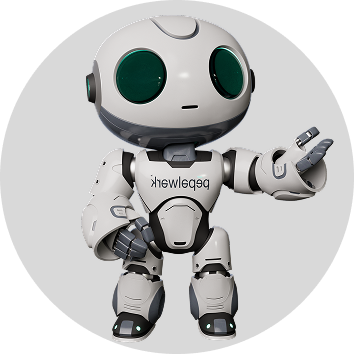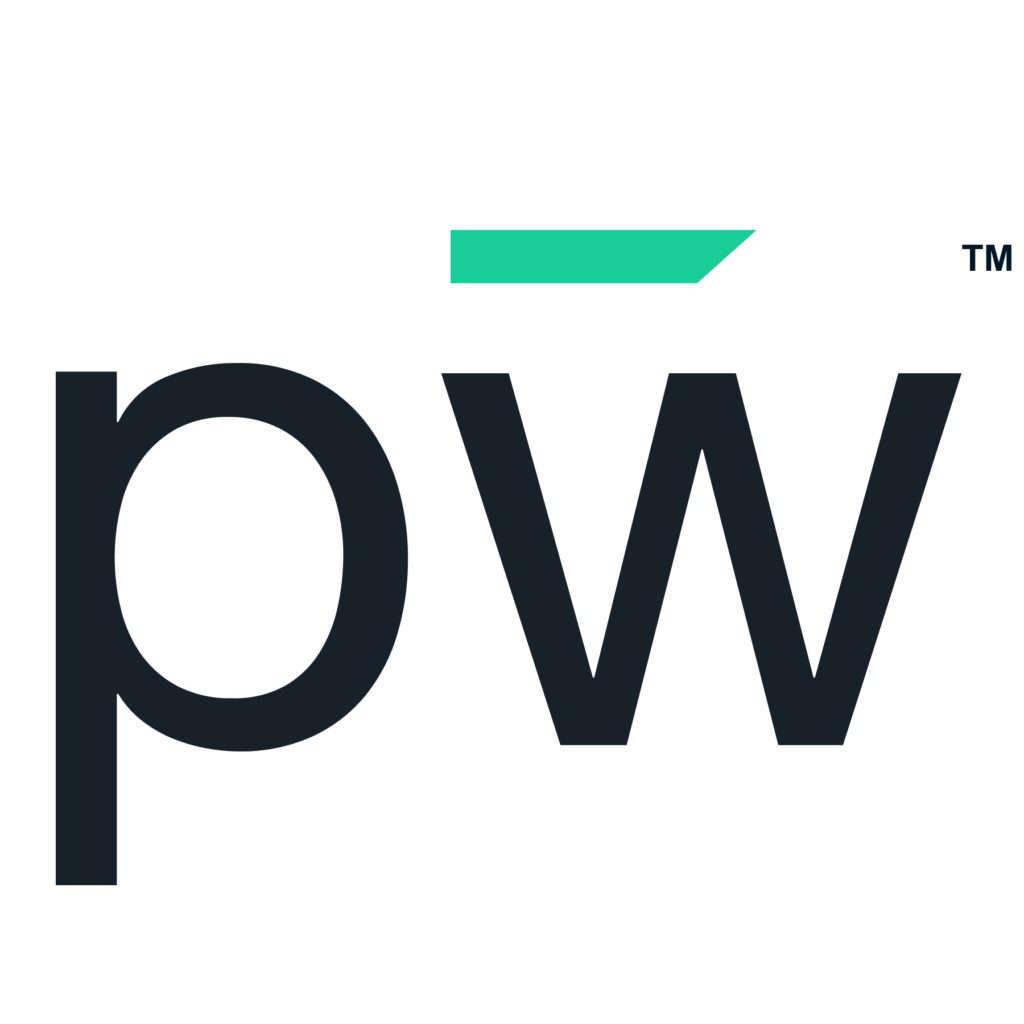The future holds new challenges and new opportunities for non-profit organizations. As economic, environmental and social conditions continue to evolve, many nonprofits are finding themselves unprepared to handle future crises, remote work complexities, AI integration and high employee turnover.
Adapting to Crises and Shocks: A New Reality for Non-Profits
Non-profits have always been resilient, but today’s world presents crises that require organizations to be prepared at unprecedented levels. Whether it’s a global pandemic, an economic downturn or sudden shifts in donor priorities, nonprofits need strong strategies in place to adapt quickly and efficiently. Many organizations lack a crisis management framework, which can make it difficult to respond effectively when disruptions occur, and as we all know, disruptions always will find a way to occur. Building an organization for the future means developing contingency plans, establishing flexible funding models and ensuring that leadership and staff are equipped to handle unexpected events.
Strategic planning for resilience is no longer optional - it’s essential. By preparing for potential future shocks, nonprofits can secure their missions and continue serving their communities, even during difficult times.
Adaptative Technology and How It's Transforming the Workplace
Balancing Remote and Hybrid Work in Non-Profit Organizations
The shift to remote and hybrid work has brought both benefits and challenges for non-profits. While some organizations have seen increased flexibility and productivity, others struggle with maintaining team cohesion and communication in this new work environment. For non-profits, which often rely on collaboration and a strong sense of mission, the shift to remote work can be especially challenging.
Balancing these work models requires investing in the right tools and creating a culture of connection, regardless of where employees are located. Non-profits should focus on building clear communication channels and implementing tools to keep remote and in-office staff aligned. The key is finding a work structure that supports the organization’s mission while also accommodating the evolving needs of the workforce. With the right approach, nonprofits can create a balanced work environment that strengthens collaboration, reduces burnout and improves productivity.
Implementing AI and Technology for Greater Efficiency
AI holds enormous potential for non-profits, from automating administrative tasks to enhancing data analysis and optimizing fundraising efforts. However, many non-profits are unsure of how to incorporate AI effectively or lack the resources to do so. Implementing AI without clear goals can lead to wasted time, resources and even confusion among team members. Waste less time by having a clear plan-of-action regarding AI use in your organization.
To use AI productively, non-profits need to approach implementation with a specific focus on efficiency and impact. It’s not just about having the latest technology but knowing how to use it strategically to support organizational goals. Training staff on new AI tools, setting realistic expectations and establishing a clear roadmap for AI integration can help non-profits make the most of these innovations.










